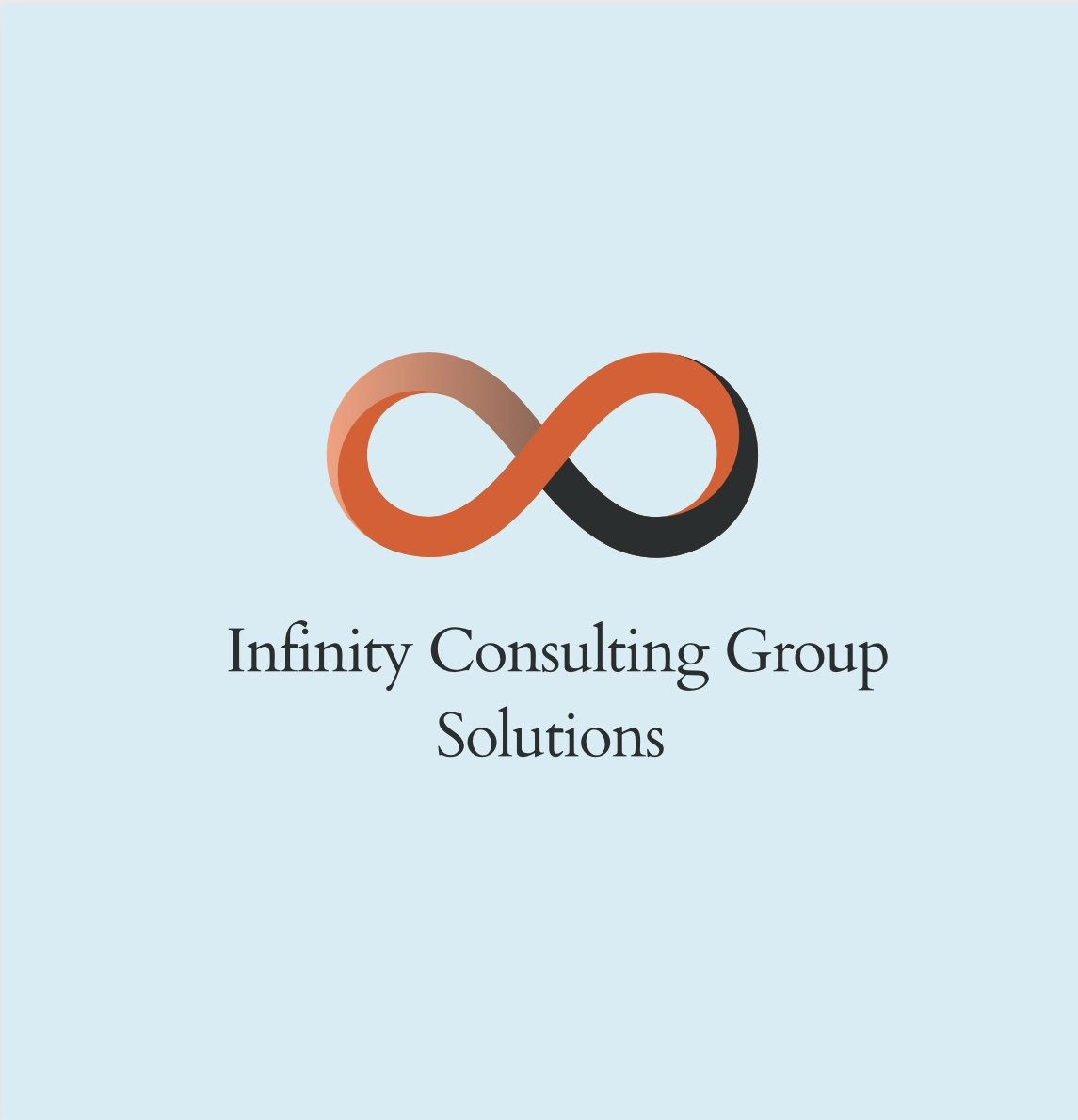The Strategic Sourcing Blueprint CFOs & COOs Need to Hit Cost-Savings Targets
CFOs and COOs are under constant pressure to cut costs without sacrificing quality or efficiency. The challenge isn’t just reducing expenses—it’s making sure your procurement strategy supports long-term business goals. Strategic sourcing is a structured way to optimize costs, manage supply chain risks, and drive value across the organization.
1. Define Your Cost-Savings Goals
Before making any changes, you need clear targets. Are you looking to reduce direct spend, consolidate vendors, or improve contract terms? Identifying specific cost-saving objectives will guide your sourcing strategy.
2. Get Procurement and Finance on the Same Page
Strategic sourcing isn’t just a procurement function. CFOs and COOs must align sourcing initiatives with broader financial goals. If procurement teams aren’t working closely with finance, cost-cutting efforts can lead to short-term savings but long-term inefficiencies.
3. Assess Your Current Supplier Base
Evaluate your vendors for pricing, performance, and reliability. Are you working with too many suppliers? Are there better terms available? Conducting a spend analysis helps identify areas where consolidation or renegotiation can drive savings.
4. Leverage Data for Negotiations
Suppliers respond to leverage. Having a clear picture of past spending, market trends, and alternative vendors gives you an advantage in negotiations. Use data-driven insights to secure better pricing, improve payment terms, and minimize risk exposure.
5. Look Beyond Cost Reduction
Reducing unit costs isn’t enough. Consider total cost of ownership, supplier reliability, and operational efficiency. Sometimes, switching to a slightly higher-priced vendor with better service levels can save more in the long run.
6. Automate and Streamline Procurement
Manual processes lead to missed opportunities. Technology solutions can help automate sourcing, track supplier performance, and flag cost-saving opportunities. Investing in procurement automation saves time and reduces inefficiencies.
7. Track, Measure, and Adjust
Cost savings initiatives should be measured against defined KPIs. If your savings aren’t materializing, revisit supplier agreements, refine your approach, and adjust tactics as needed.
Strategic Sourcing as a Competitive Advantage
A strong sourcing strategy isn’t just about saving money—it’s about building a resilient, scalable procurement function that supports long-term business growth. CFOs and COOs who take a structured, data-driven approach will see better financial outcomes and fewer supply chain disruptions.

